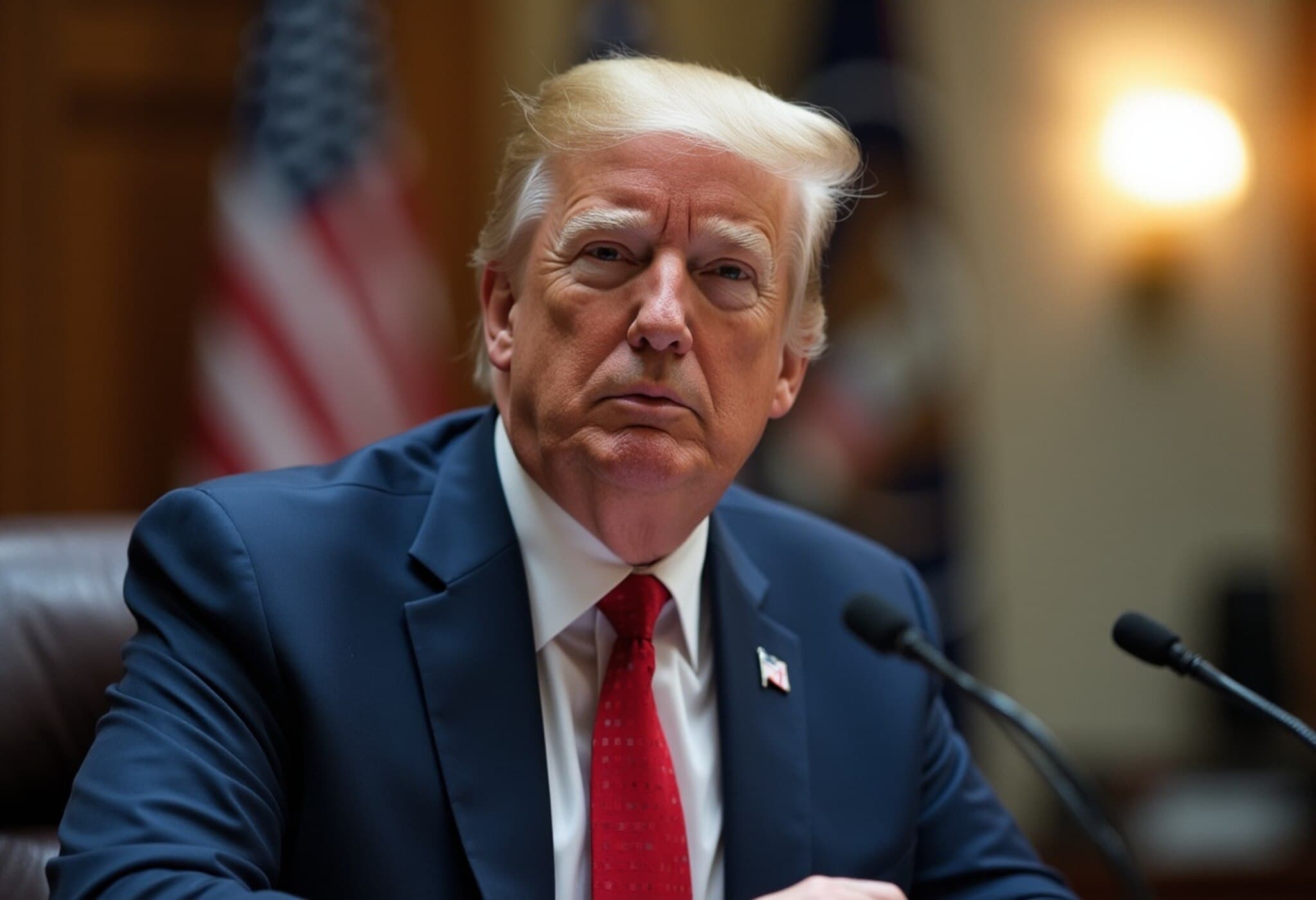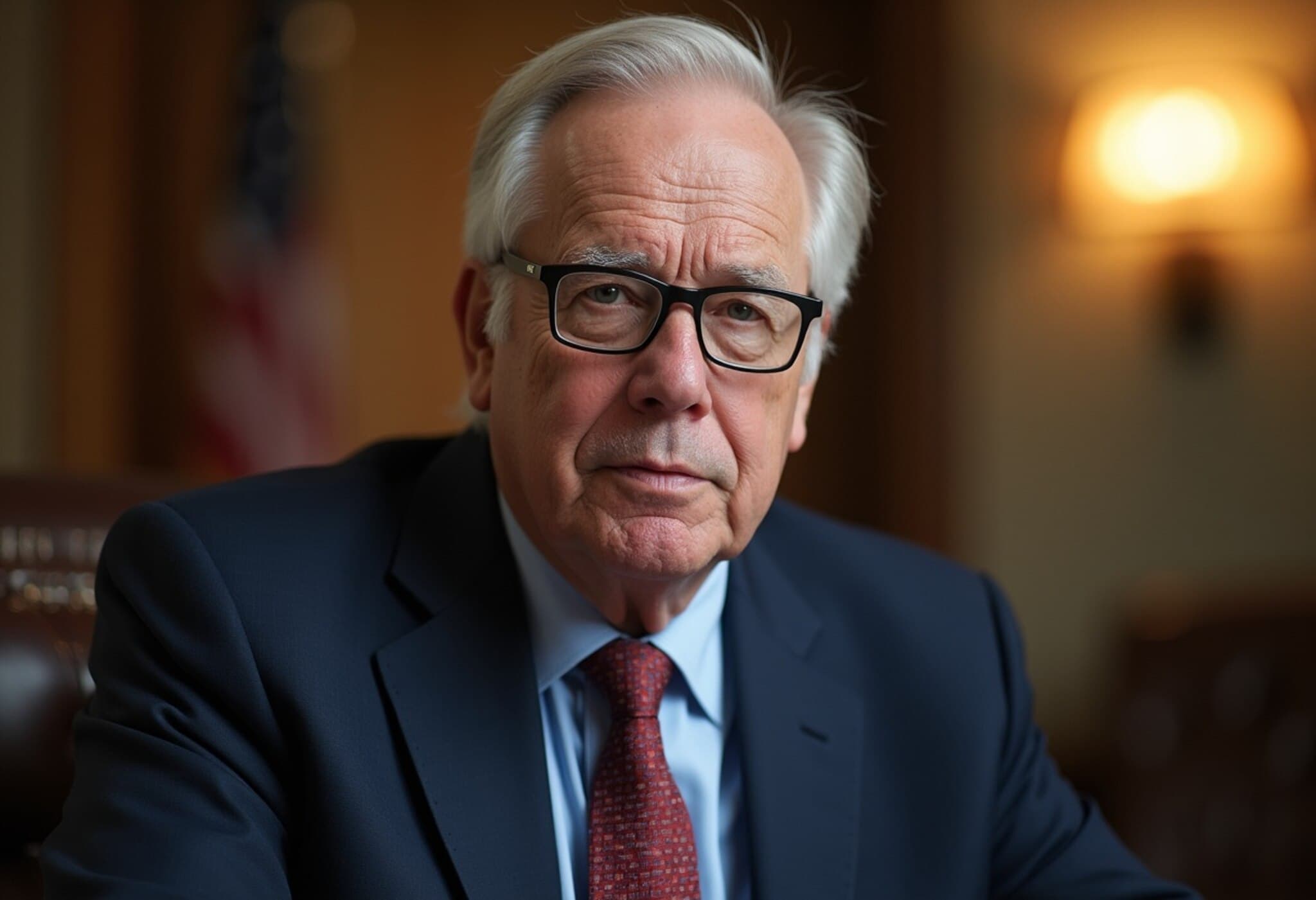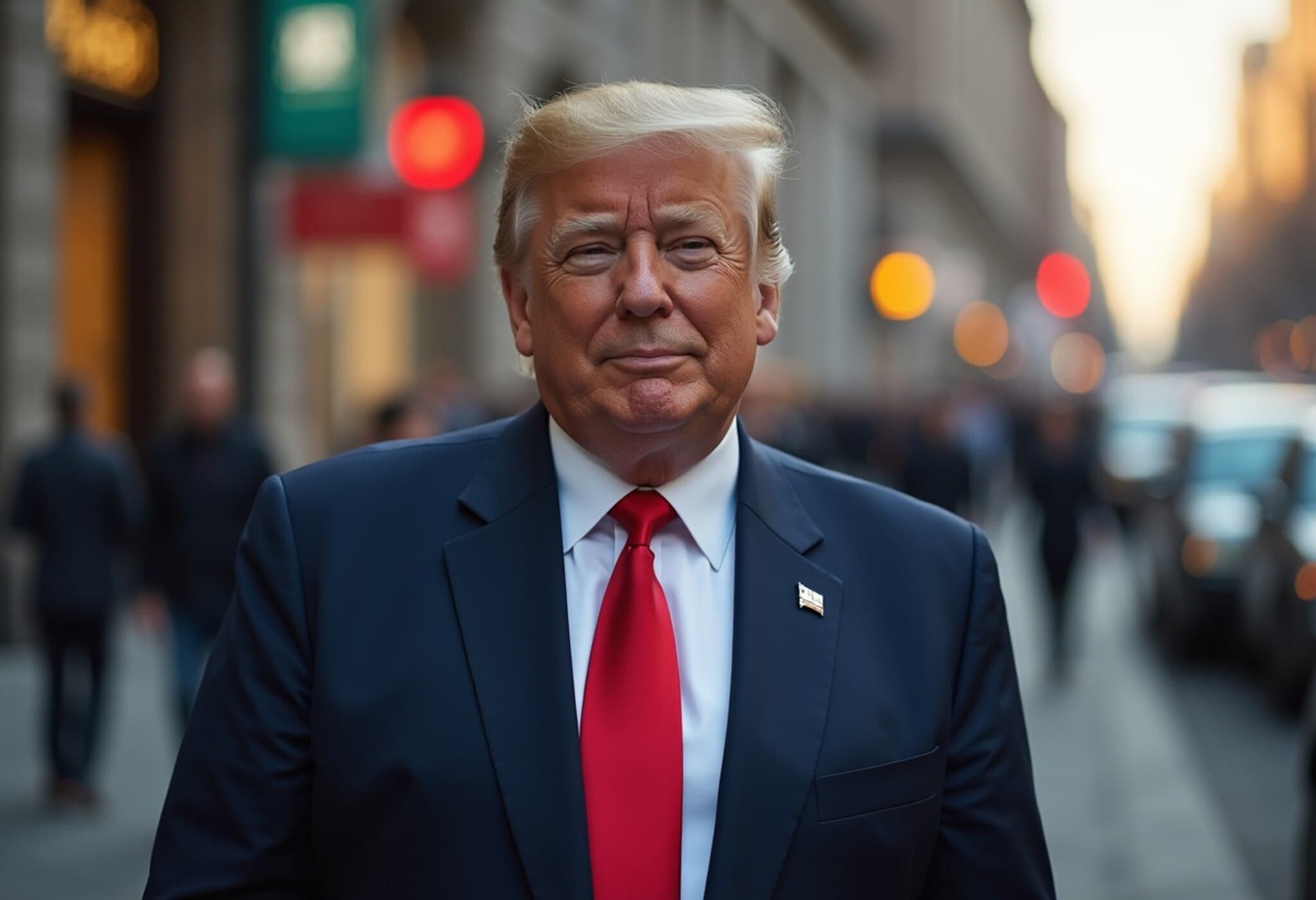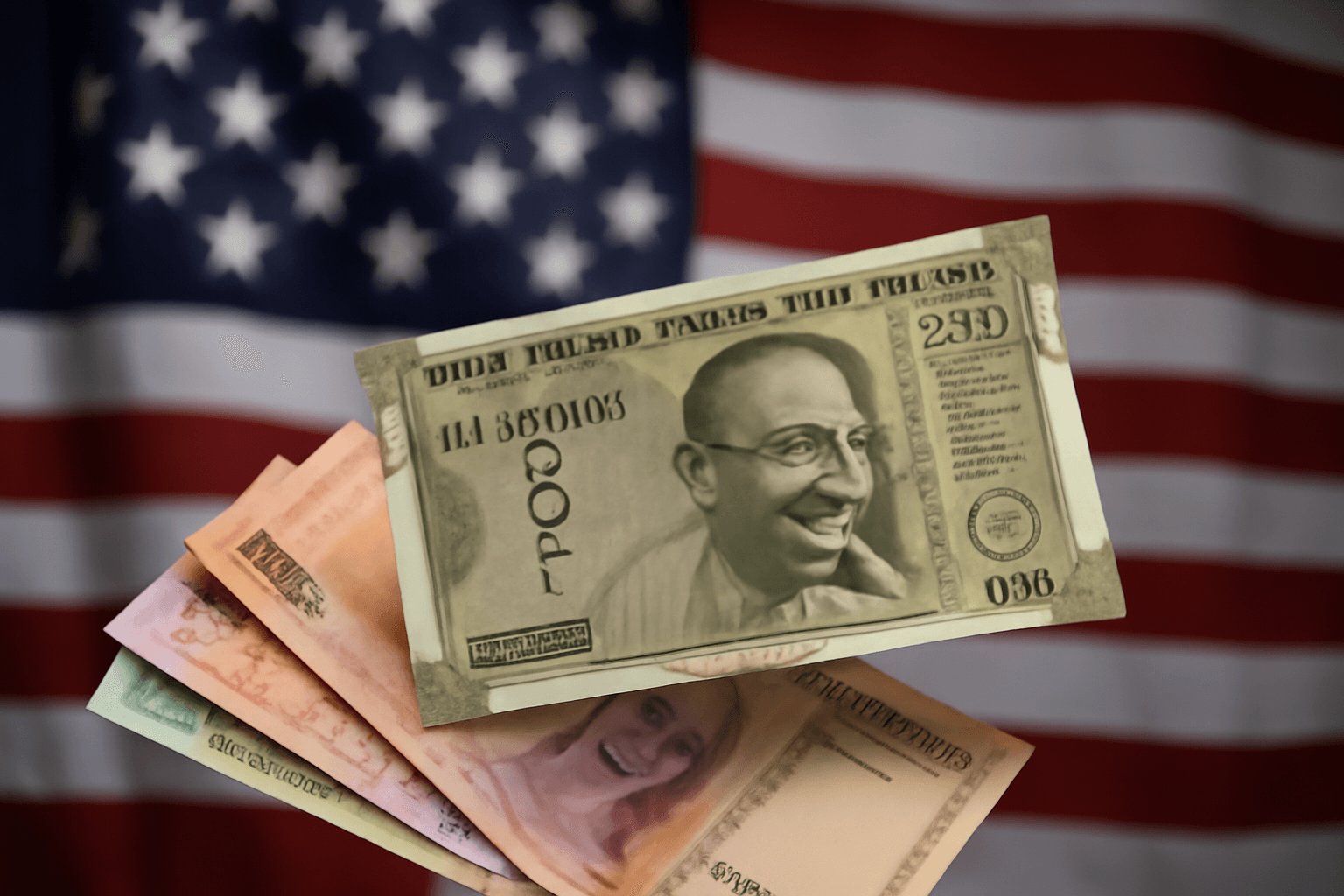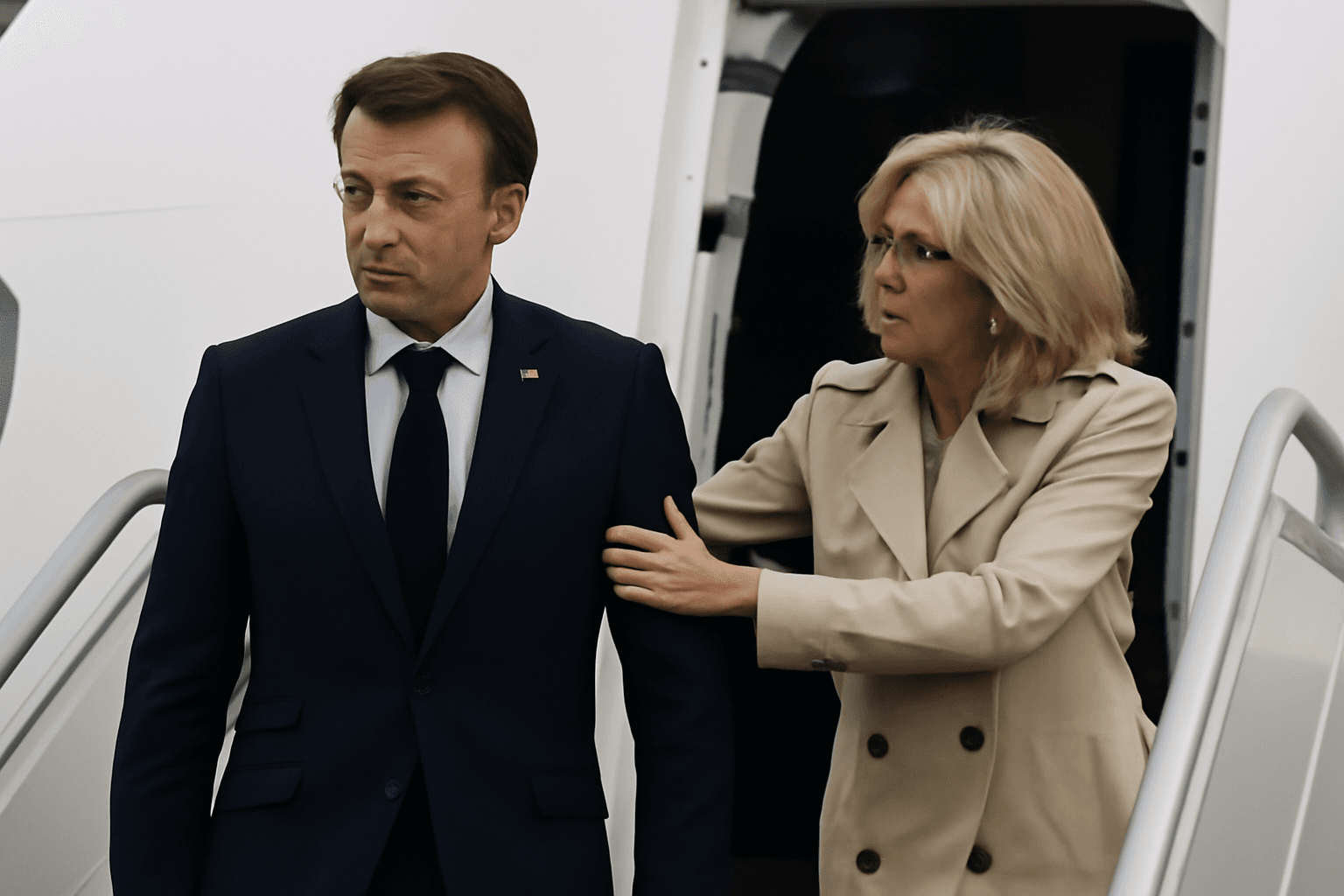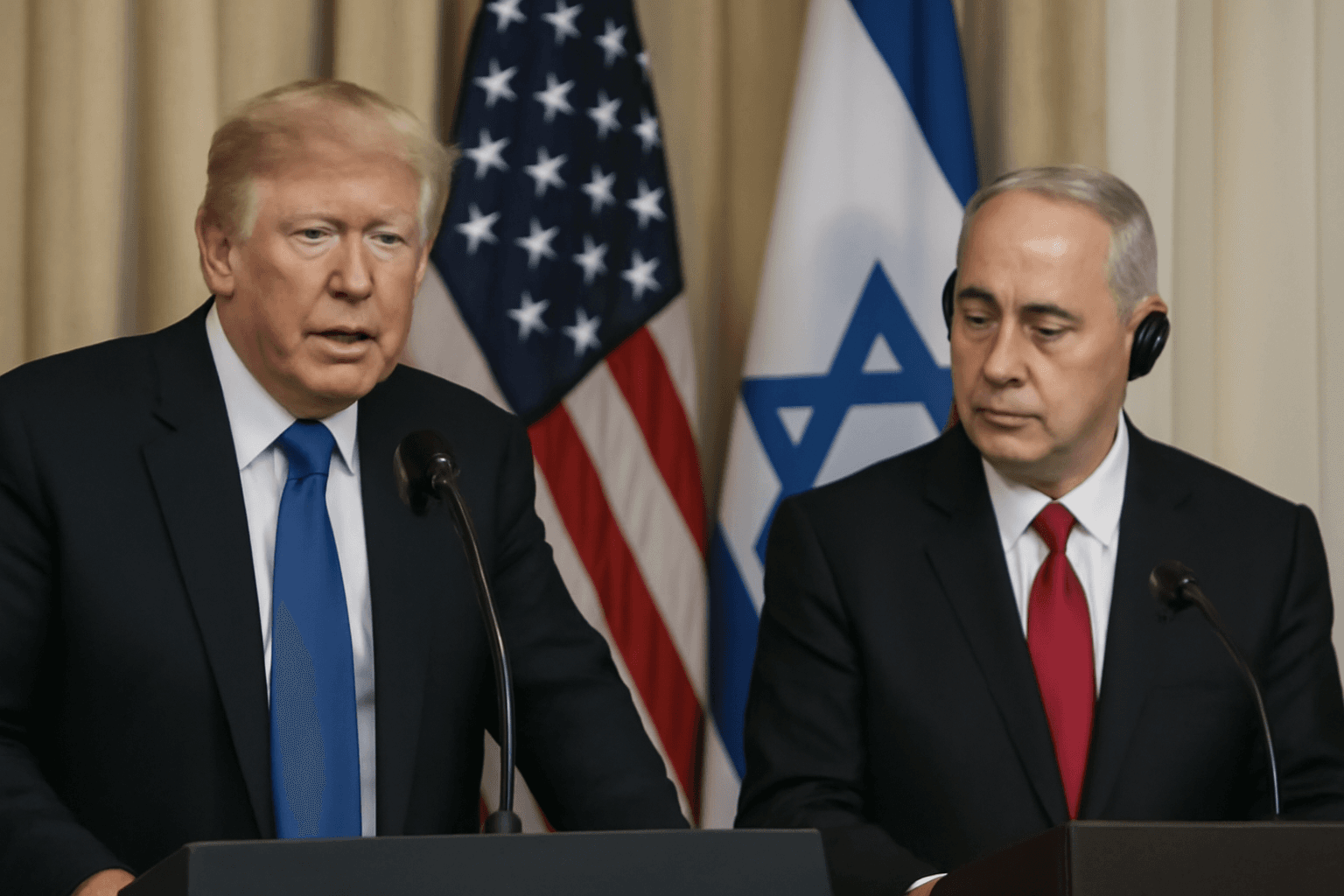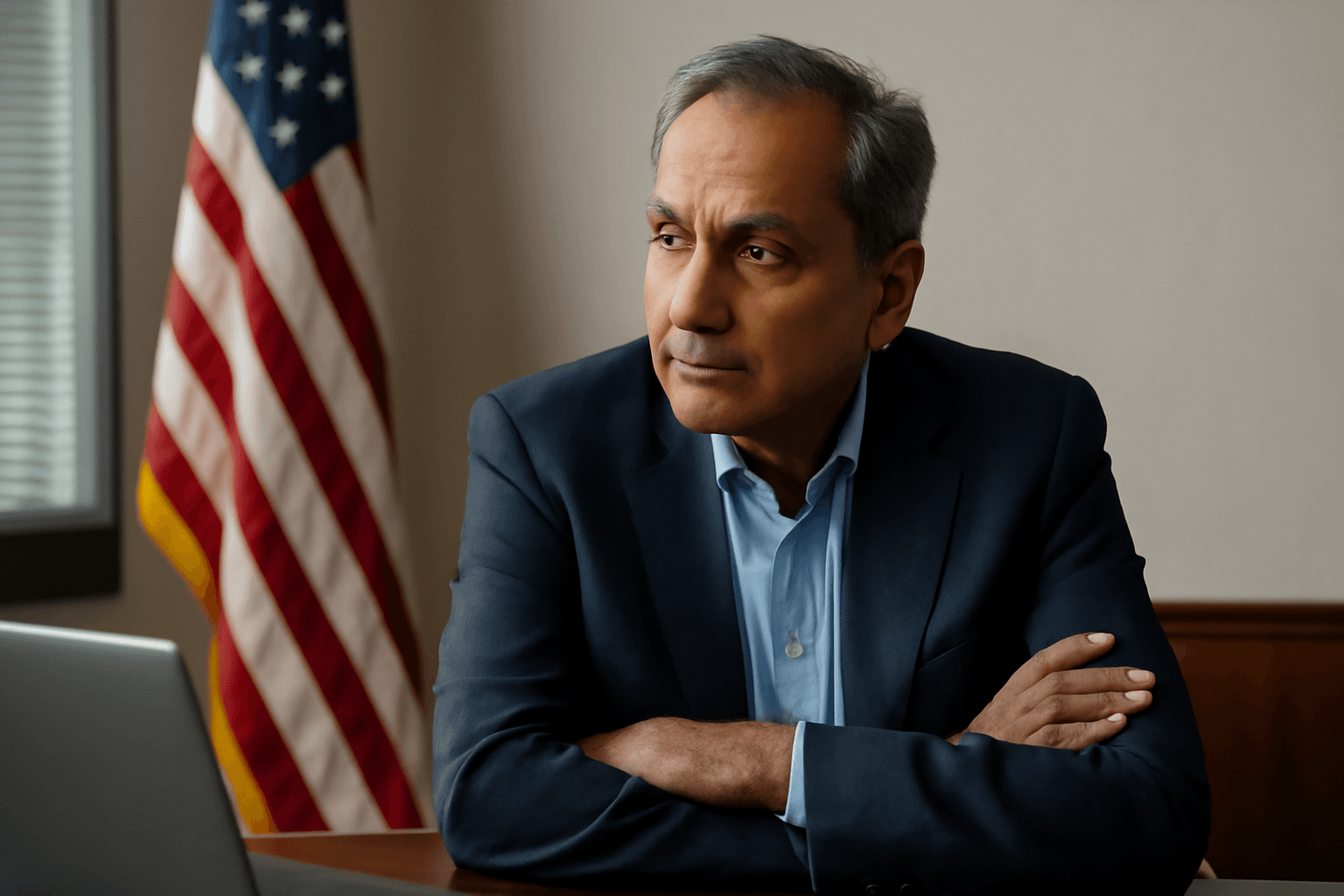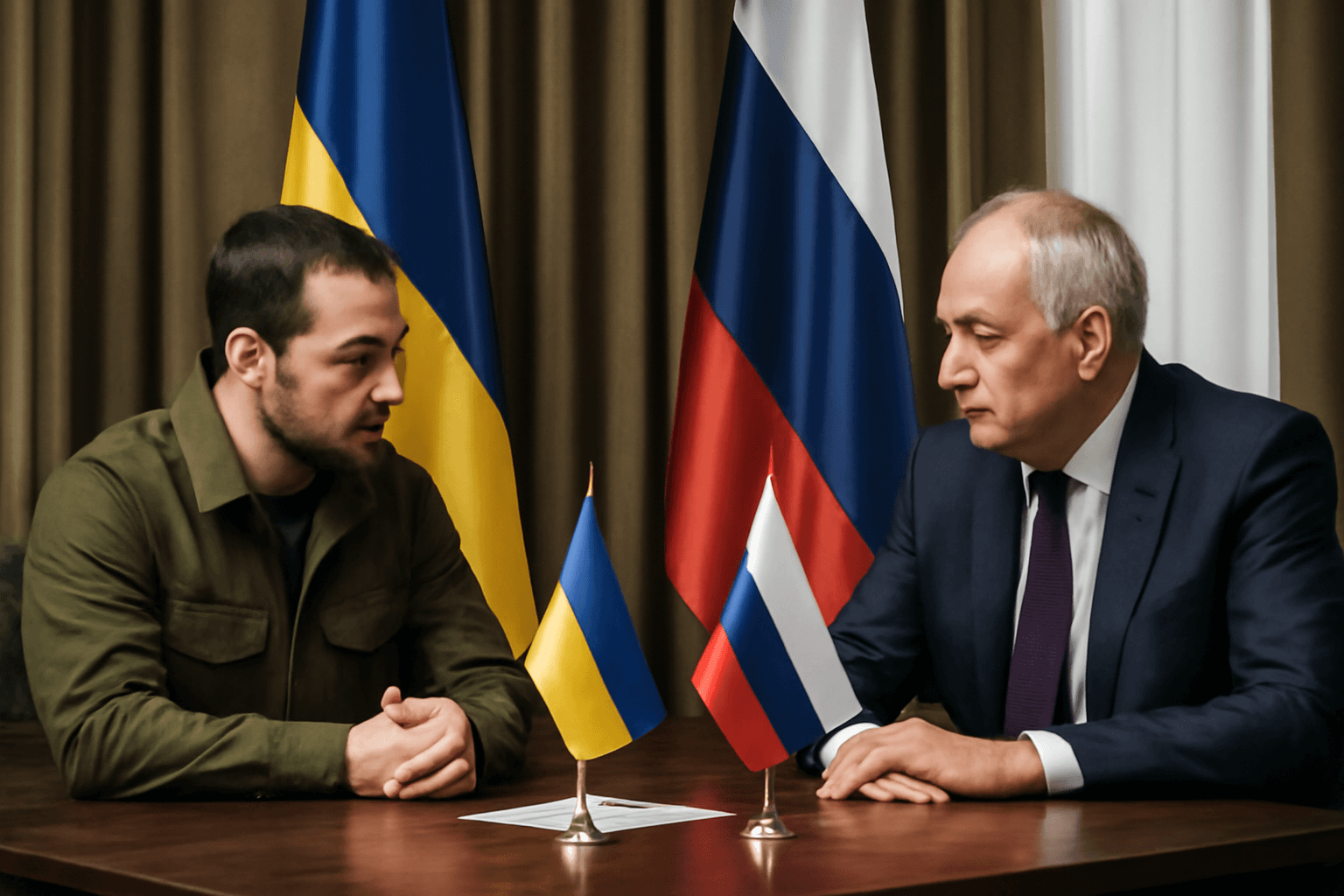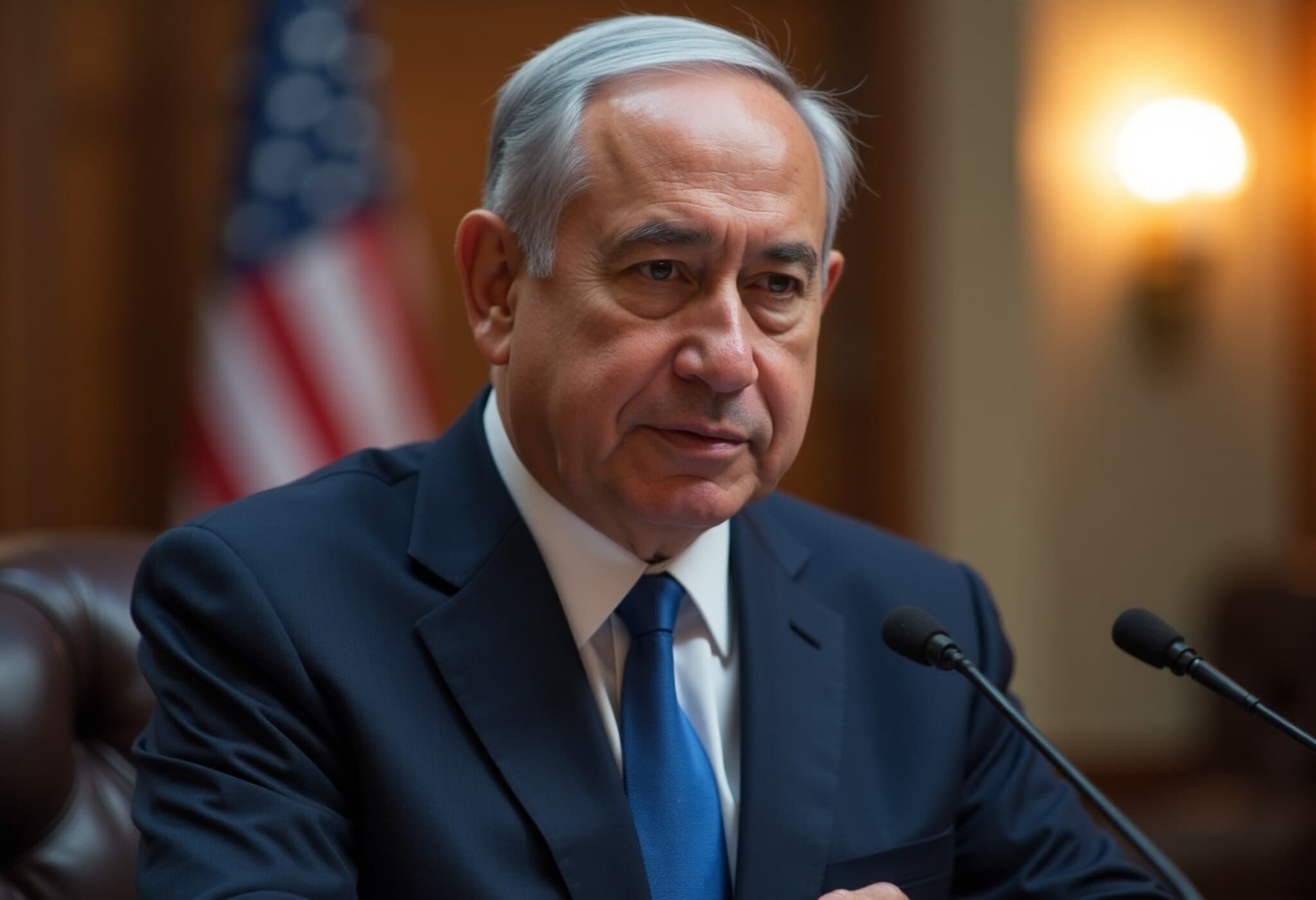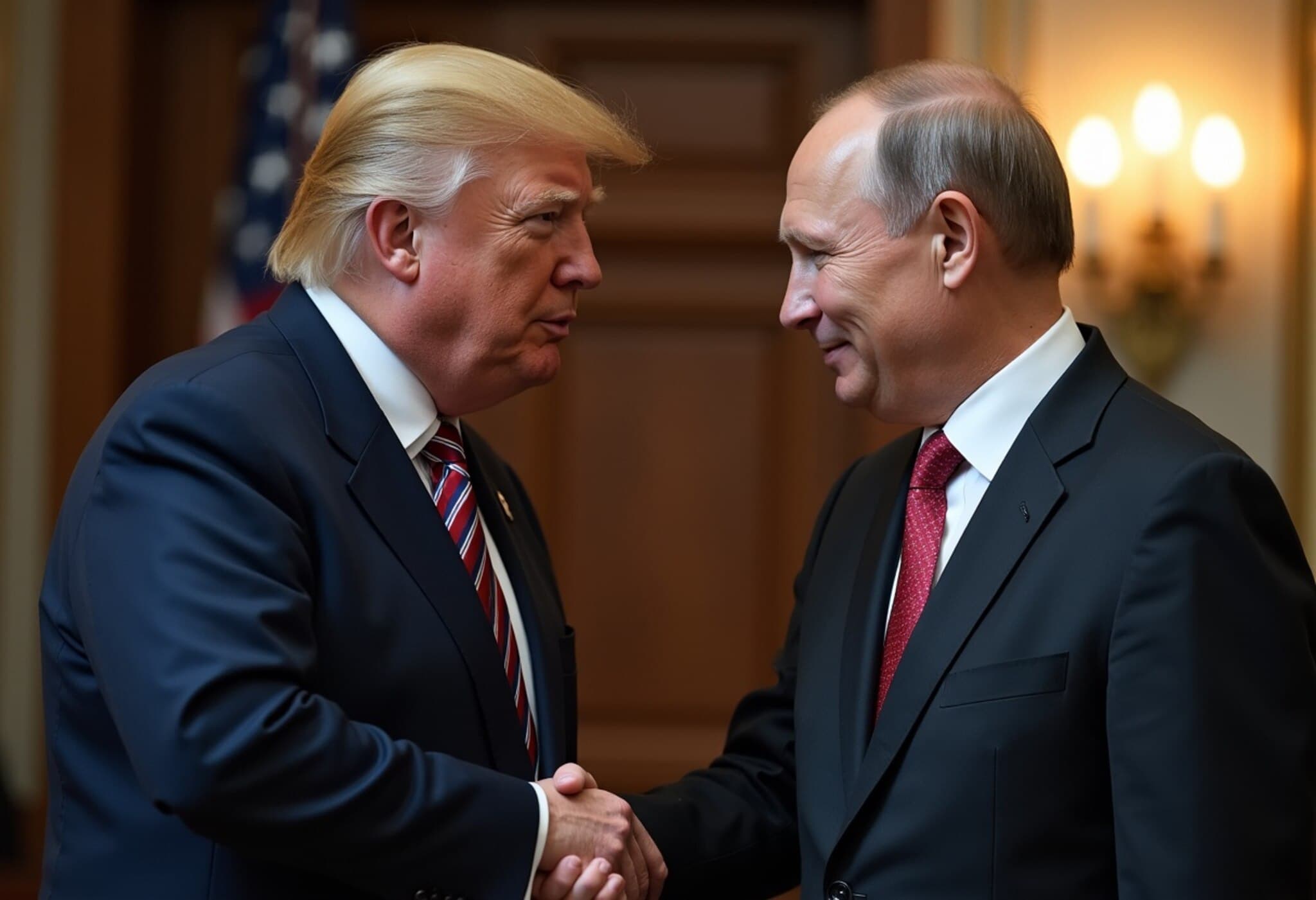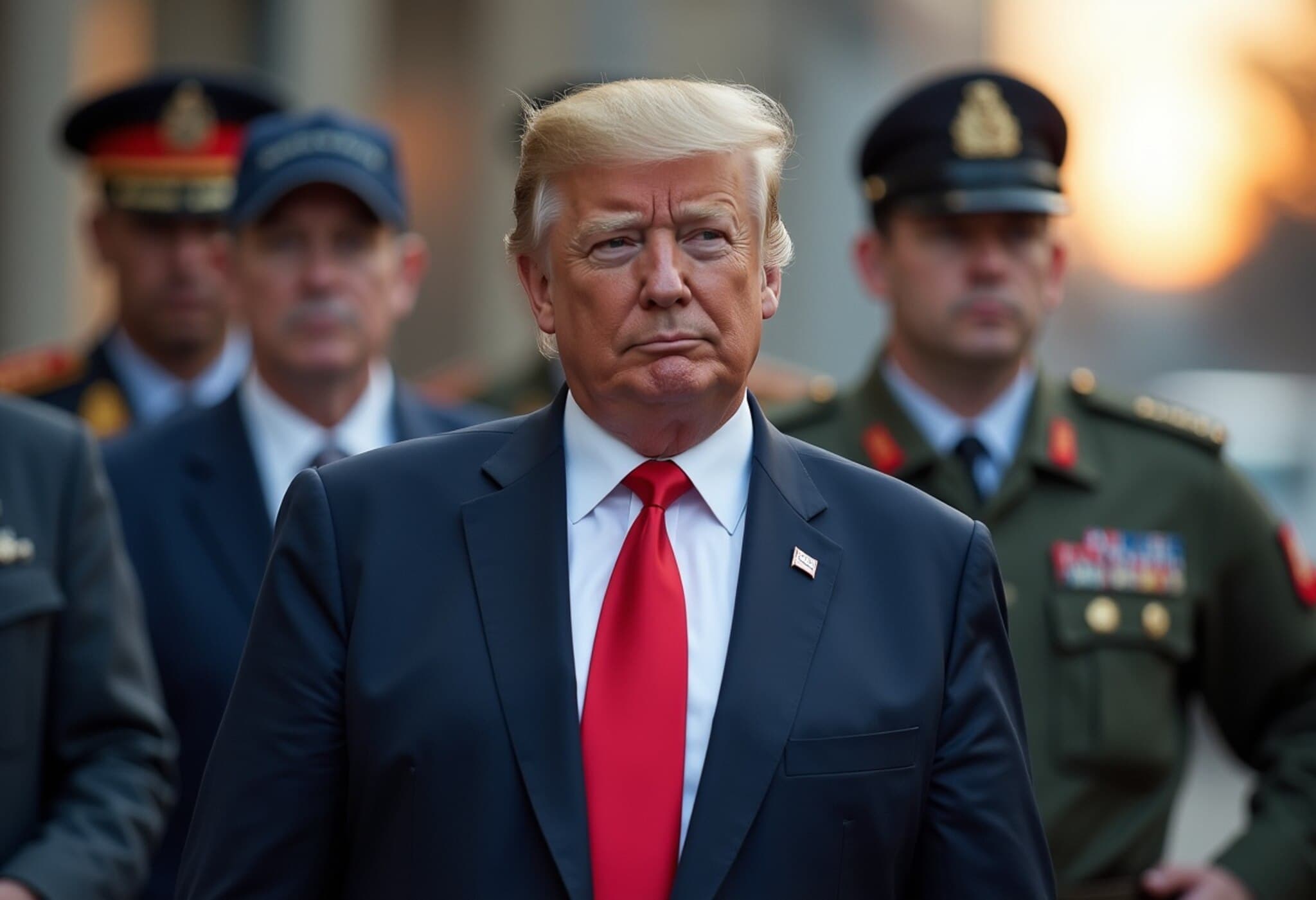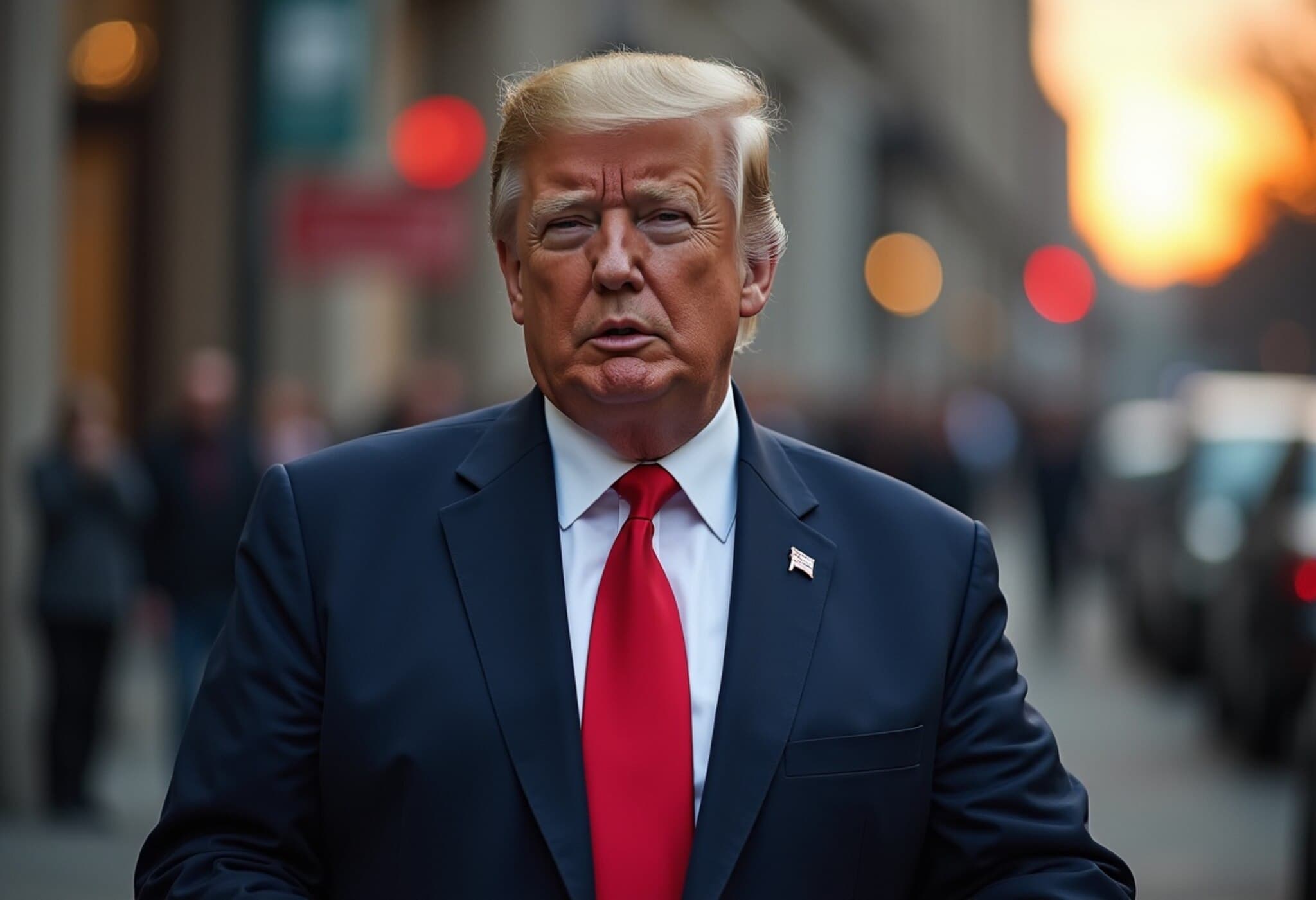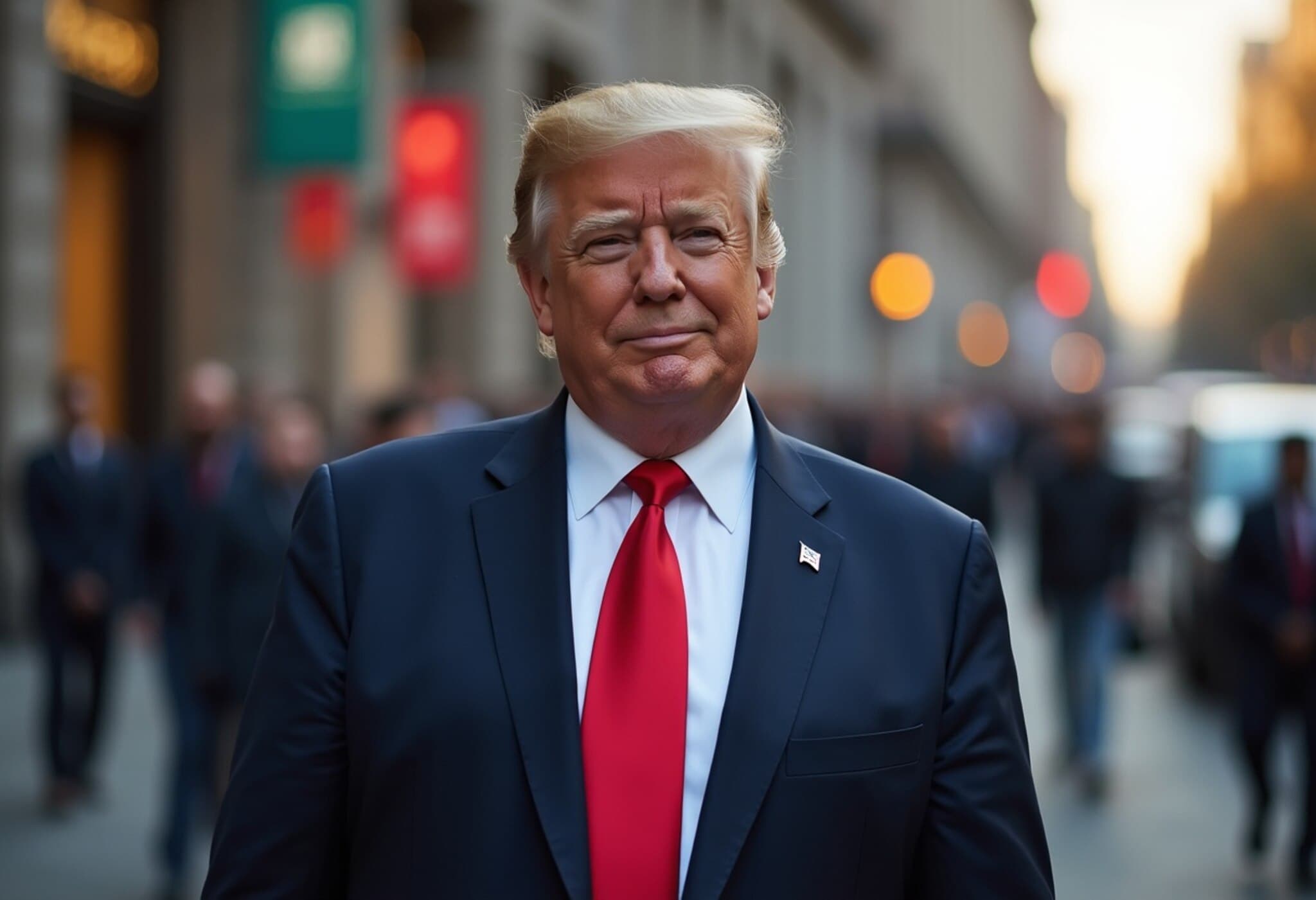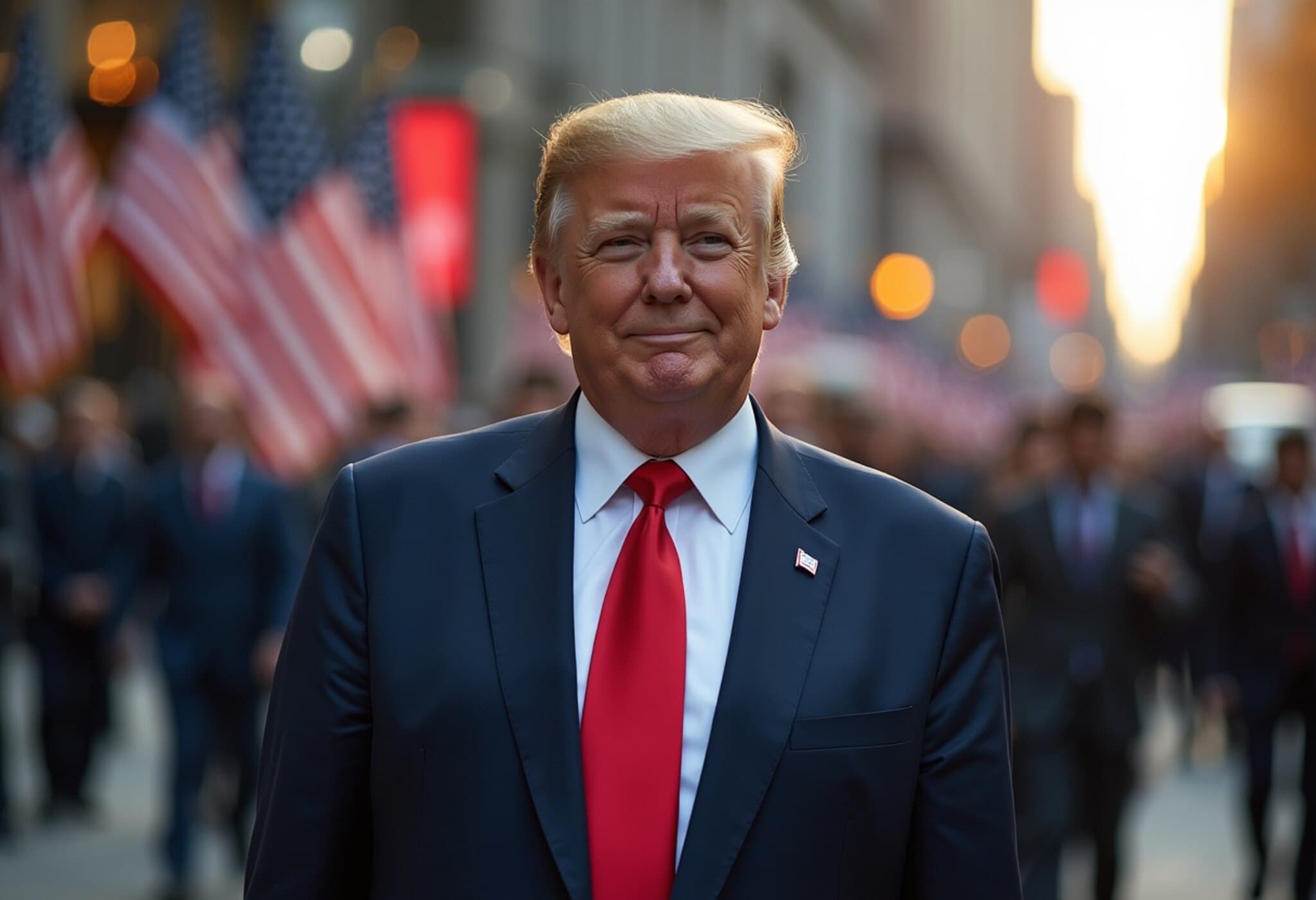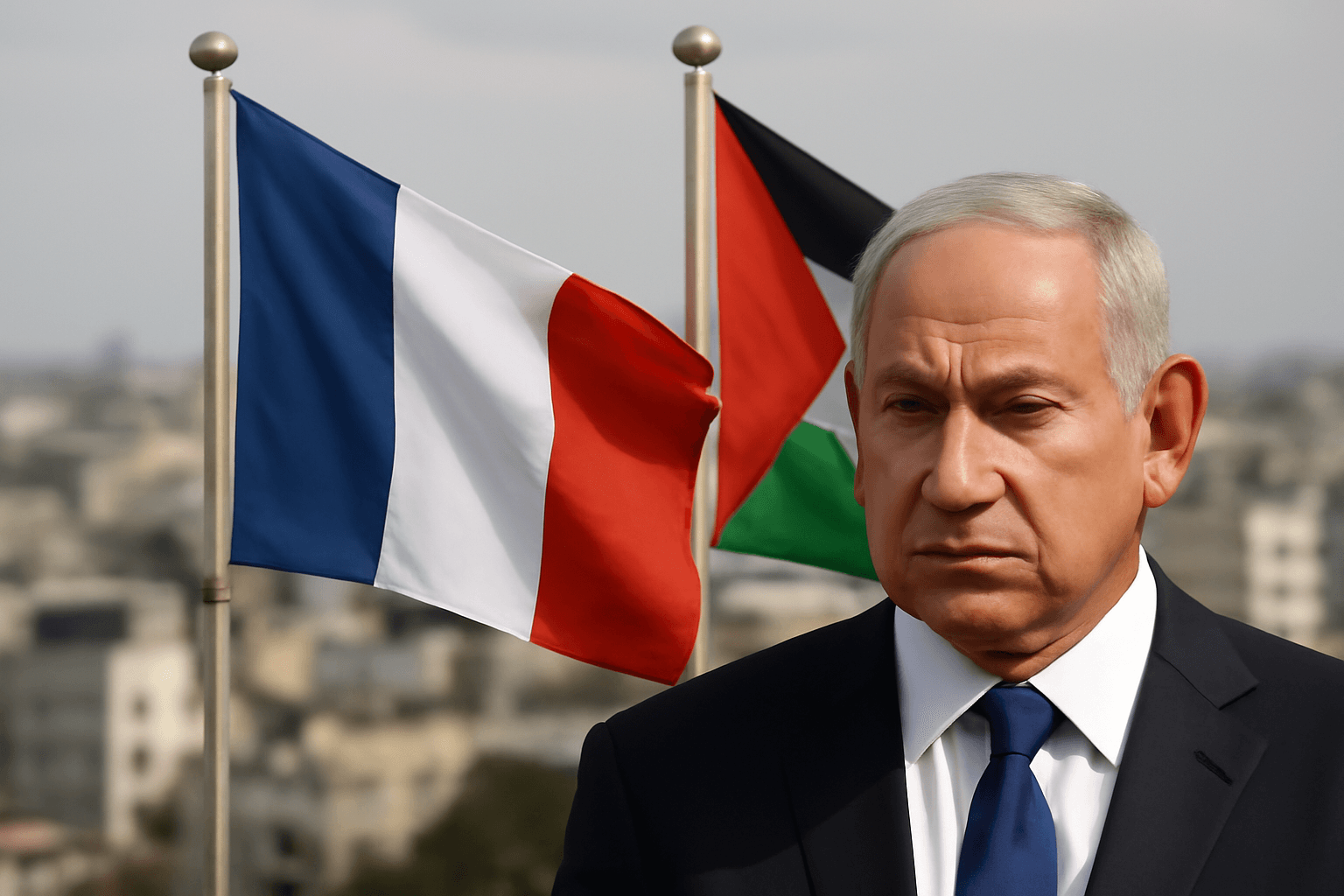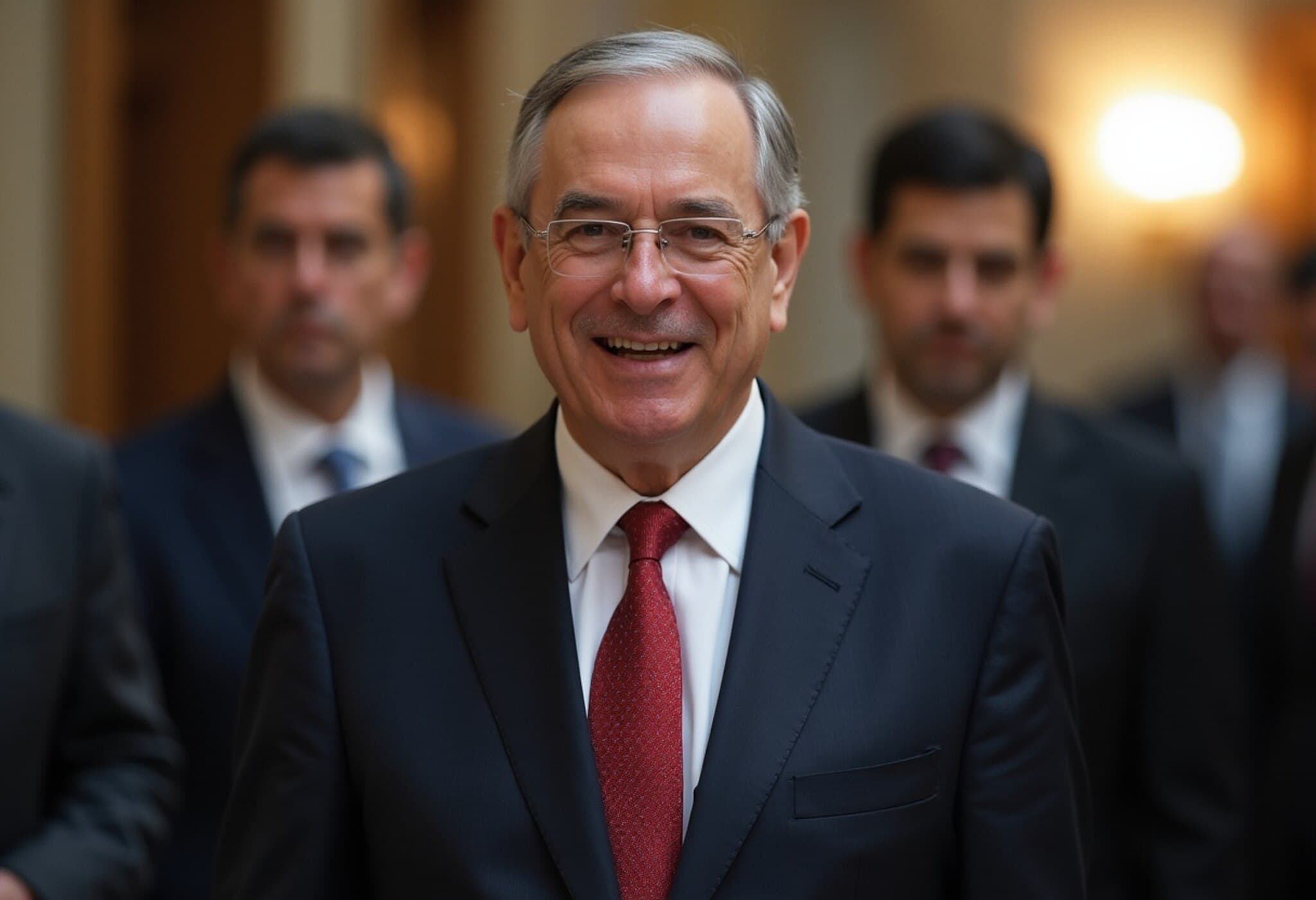US Vice President J.D. Vance on Trump-Era Tariffs Against India
In a recent discussion on Meet the Press, US Vice President J.D. Vance shed light on the Trump administration’s implementation of tariffs on India, describing them as a strategic maneuver of "aggressive economic leverage." According to Vance, the tariffs aimed to pressure Russia into ceasing its military assault on Ukraine by curtailing Moscow’s ability to profit from energy sales, especially discounted crude oil purchased by India.
The Context Behind the Tariffs
The Trump administration had imposed secondary tariffs on India, doubling duties to as high as 50%, particularly targeting India’s imports of Russian crude oil. This move came amid Washington’s frustration with New Delhi’s continued procurement of discounted Russian oil, which the US alleges is indirectly funding Moscow’s war efforts in Ukraine.
Despite strong American criticism, India has consistently defended its energy procurement policies, emphasizing sovereign decisions based on market dynamics and strategic energy security rather than geopolitical alignments. The Indian government points to the fact that many Western countries, including the US and European Union members, continue to buy energy on global markets without imposing similar restrictions on India.
Why Focus on India and Not China?
One question that arises is why the US has opted for public criticism and economic penalties on India while offering comparatively muted censure of China, the world’s largest buyer of Russian crude. Vance explained that the tariffs on India were meant to "make it harder" for Russia to sustainably fund its military operations by economically isolating key buyers. The choice seems to reflect a nuanced approach that balances diplomatic and economic interests, acknowledging India’s pivotal role in global geopolitics and Washington’s desire to maintain ties, albeit with firm pressure points.
Potential Diplomatic Payoffs and Open Questions
Despite prior tensions, Vance remains cautiously optimistic that the US can help broker progress toward peace. He cited recent signs of concessions from both Russia and Ukraine, suggesting diplomatic openings may yet lead to a resolution.
“We believe we’ve already seen some significant concessions from both sides, just in the last few weeks,” said Vance.
However, the dilemma remains: If the US isn’t imposing new sanctions, what mechanisms effectively coerce Russia into halting violence? Vance points toward economic isolation and the prospect of reintegration into the global economy as incentives for Russia to engage in peace talks.
India’s Response and Broader US-India Relations
New Delhi’s reaction to these measures has been one of frustration and rebuke. External Affairs Minister S. Jaishankar recently criticized the US for what he called hypocritical accusations, questioning the premise of blaming India for doing profitable business amid a global market context.
In April, Vance himself urged India to reduce non-tariff barriers, increase market access for American companies, and deepen cooperation in energy and defense sectors—outlining a vision for a more integrated and mutually prosperous Indo-US partnership.
Yet, the imposition of tariffs and public disagreements over energy purchases have led to palpable strains in bilateral relations. The controversy underscores larger questions about balancing geopolitical strategy with economic pragmatism and how emerging powers like India navigate complex global conflicts.
Expert Insight: Balancing Economic Pressure and Diplomatic Ties
From a policy perspective, the use of tariffs as an instrument of economic leverage illustrates the evolving nature of US foreign policy tools in the 21st century. Unlike overt military intervention, tariffs and sanctions can serve as precision tools to incentivize behavioral change but they also risk pushing countries to seek alternative alliances or deepen partnerships with adversaries.
Experts caution that while economic sanctions can cripple an adversary’s capacity, they can also complicate relations with key partners like India, which values its strategic autonomy. The US faces a delicate trade-off: pressuring Russia effectively while maintaining constructive ties with India, a rising power and democratic partner in the Indo-Pacific region.
Looking Ahead: What This Means for Global Stability
- The trajectory of US-India relations will likely hinge on resolving energy trade disagreements and aligning mutual strategic interests amid rising geopolitical competition.
- Russia’s economic isolation strategy faces hurdles if major buyers like India continue discounted purchases, potentially prolonging the conflict in Ukraine.
- The role of diplomatic negotiations remains critical; economic pressure must be balanced with incentives for peace to prevent protracted instability.
Editor’s Note
The controversy surrounding Trump-era tariffs on India highlights the complex intersection of economic policy and geopolitics in today’s multipolar world. While economic leverage remains a powerful tool to influence Russia’s actions in Ukraine, its application raises important questions: How far should economic pressure go without alienating strategic partners? Can diplomatic dialogue and market-based decisions coexist amid such tensions? As the global community watches, these unresolved issues will shape the future of international relations and global energy markets.

